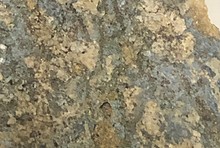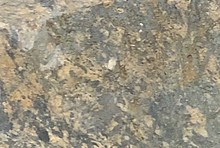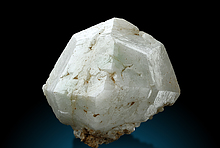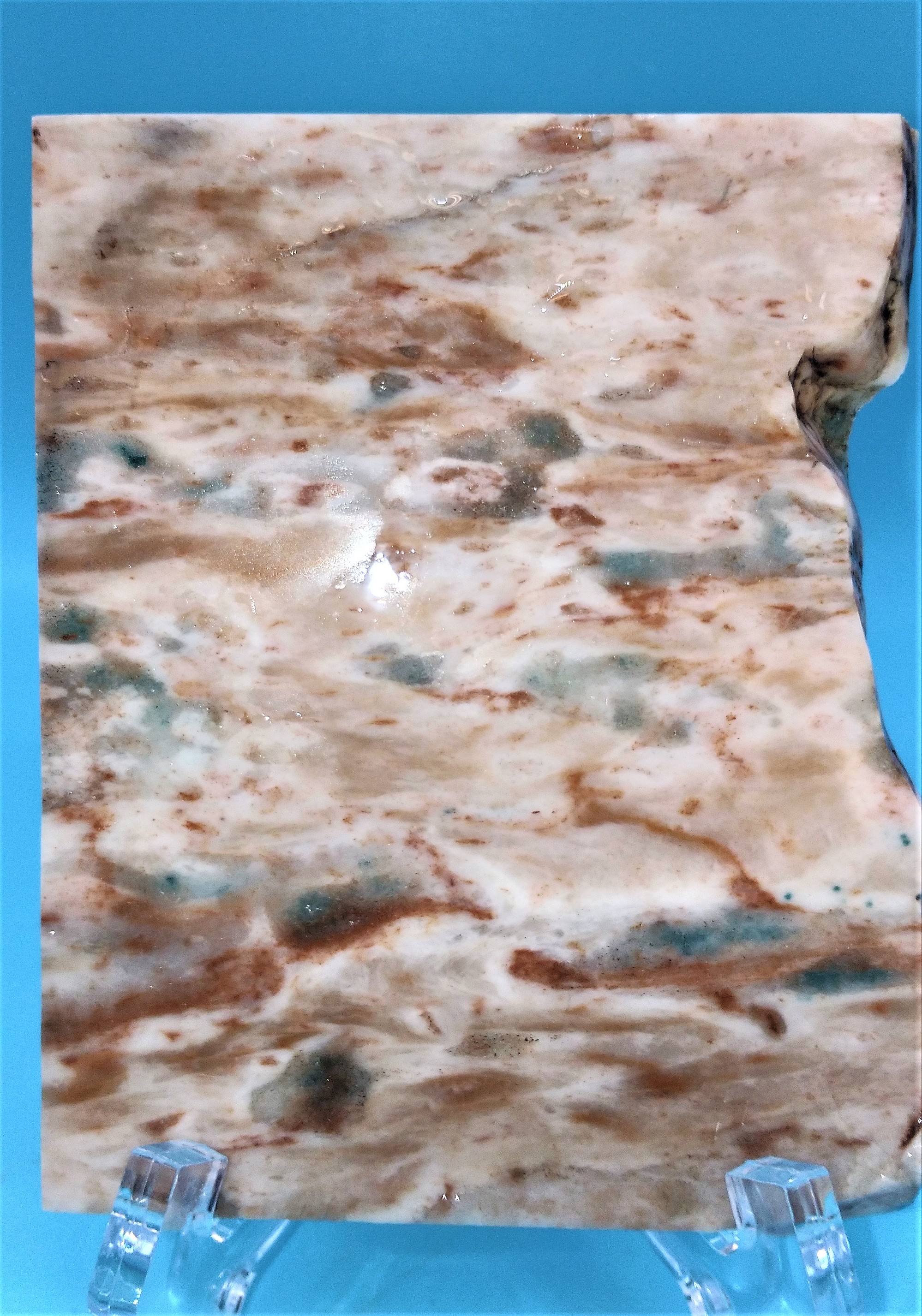Home PageAbout MindatThe Mindat ManualHistory of MindatCopyright StatusWho We AreContact UsAdvertise on Mindat
Donate to MindatCorporate SponsorshipSponsor a PageSponsored PagesMindat AdvertisersAdvertise on Mindat
Learning CenterWhat is a mineral?The most common minerals on earthInformation for EducatorsMindat ArticlesThe ElementsThe Rock H. Currier Digital LibraryGeologic Time
Minerals by PropertiesMinerals by ChemistryAdvanced Locality SearchRandom MineralRandom LocalitySearch by minIDLocalities Near MeSearch ArticlesSearch GlossaryMore Search Options
The Mindat ManualAdd a New PhotoRate PhotosLocality Edit ReportCoordinate Completion ReportAdd Glossary Item
Mining CompaniesStatisticsUsersMineral MuseumsClubs & OrganizationsMineral Shows & EventsThe Mindat DirectoryDevice SettingsThe Mineral Quiz
Photo SearchPhoto GalleriesSearch by ColorNew Photos TodayNew Photos YesterdayMembers' Photo GalleriesPast Photo of the Day GalleryPhotography
╳Discussions
💬 Home🔎 Search📅 LatestGroups
EducationOpen discussion area.Fakes & FraudsOpen discussion area.Field CollectingOpen discussion area.FossilsOpen discussion area.Gems and GemologyOpen discussion area.GeneralOpen discussion area.How to ContributeOpen discussion area.Identity HelpOpen discussion area.Improving Mindat.orgOpen discussion area.LocalitiesOpen discussion area.Lost and Stolen SpecimensOpen discussion area.MarketplaceOpen discussion area.MeteoritesOpen discussion area.Mindat ProductsOpen discussion area.Mineral ExchangesOpen discussion area.Mineral PhotographyOpen discussion area.Mineral ShowsOpen discussion area.Mineralogical ClassificationOpen discussion area.Mineralogy CourseOpen discussion area.MineralsOpen discussion area.Minerals and MuseumsOpen discussion area.PhotosOpen discussion area.Techniques for CollectorsOpen discussion area.The Rock H. Currier Digital LibraryOpen discussion area.UV MineralsOpen discussion area.Recent Images in Discussions

2nd Aug 2019 06:48 UTCTeresa Carrao

2nd Aug 2019 06:49 UTCTeresa Carrao
This specimen is from the Fraser River in British Columbia in the Fraser Canyon.. It is about 5-600 lbs. it has a hardness scale from about 6-6.5. The dots on the rock are green. I will do an acid test today

2nd Aug 2019 11:49 UTCEd Clopton 🌟 Expert
Welcome to Mindat!
More information is needed before anyone can make a reasonable stab at identifying your specimen. See this post: https://www.mindat.org/mesg-11-33466.html. We don't expect everyone to be able to check all the boxes, but it gives an idea of the sort of info that is helpful toward making an identification. The more info, the better. An important starting point is where it was found, if known.
2nd Aug 2019 13:09 UTCFrank K. Mazdab 🌟 Manager
That being said, the blobby crystals (pinkish? bluish? grayish?) look a bit like corundum (some even look like crude hexagons), and if so, the white material surrounding them could be something akin to diaspore or sericite or maybe a feldspar. Whatever that white material is, it looks like either an alteration rim or maybe the reaction envelope that separated the blobby crystals from the brownish or greenish matrix. The whole rock reminds me a bit of a low quality "anyolite", or that Indian "ruby in cordierite(?)" lapidary material that appeared a couple of years ago. Another possibility for the blobby crystals is that they might be garnets, as a couple of them look like they have an atoll texture, which I've never seen in corundum. There may be other possibilities too, again, because the photo isn't too clear, and as Ed indicates, with no additional information from any tests you've done of the sample, or even at least knowing where it's from, one can only guess that, "it looks a bit like __________".
One quick easy test is just checking if any of the white or brownish/greenish material reacts (fizzes) with a few drops of dilute acid (vinegar or HCl)... at the very least, this will offer clues to what the bulk composition of the rock could be (or not be). Trying to scratch the various separate components (the blobby crystals, the white rims, and the brownish matrix) with needle or a sharp point of quartz might be helpful too. Finally, if you have a long-wave or short-wave UV light, checking if the sample is fluorescent possibly could provide some useful information. Tests like density won't be helpful here because the sample is a mixture of minerals.
EDIT: ah, green blobs... my color-blindness shows through...
2nd Aug 2019 14:28 UTCPaul Brandes 🌟 Manager
Being this is from a large river canyon, it could be many things, washed down from who knows where. Jade is but one possibility, and Frank's suggestions are good ones.
2nd Aug 2019 14:37 UTCPeter Nancarrow 🌟 Expert
BTW, it's certainly not anyolite, which is a chromium-rich rock which is predominantly green in colour. (The name comes from the Maasai word for the colour green - "anyole"). Its major mineral is bright green chromian zoisite, with varying lesser amounts of black tschermakite and Cr-rich red corundum (var. ruby).
(See photo of Anyolite)
Pete N.

2nd Aug 2019 18:36 UTCTeresa Carrao
2nd Aug 2019 19:02 UTCFrank K. Mazdab 🌟 Manager
Just to clarify, my suggestion that the rock reminded me of a low-grade anyolite did not come from a lack of understanding of what anyolite is, but rather because I'm colorblind and to me the photo looks like pinkish blobs within a composite white and very pale green matrix. Cleary, the "white" is the only one of those three colors I might have recognized correctly.
Which actually got me to thinking. In general, it would be helpful for posters to include written descriptions of their samples in their "what is this rock" inquiries, including seemingly "obvious" properties like color and habit that they might omit because they assume these are apparent from their photo(s), because colorblindness (or poor lighting or white balance) and/or odd camera orientations that hide crystal shapes, can sometimes mask those otherwise seemingly "obvious" properties. Since few ID tests can be done on a photo, the more observations provided and not assumed is recognizable, the better.

2nd Aug 2019 19:41 UTCHolger Hartmaier 🌟
Zooming in on your picture, I noticed that the matrix is composed of angular fragments resembling glass shards. This is typical of a volcanic pyroclastic rock, perhaps formed by steam explosions when lava is quickly chilled by water. The blue-green mineral definitely exhibits some type of reaction or alteration rim, but I can't venture any guesses on an I.D. yet. The rock appears very distinctive and I'm sure someone with local knowledge would recognize it and provide more information.
Cheers,
Holger
3rd Aug 2019 00:37 UTCMatt Neuzil Expert

3rd Aug 2019 01:52 UTCRoger Ericksen 🌟

3rd Aug 2019 05:26 UTCTeresa Carrao

3rd Aug 2019 05:27 UTCTeresa Carrao

3rd Aug 2019 05:30 UTCTeresa Carrao

3rd Aug 2019 05:32 UTCTeresa Carrao
3rd Aug 2019 06:11 UTCKevin Conroy Manager

3rd Aug 2019 06:25 UTCTeresa Carrao
3rd Aug 2019 09:54 UTCFrank K. Mazdab 🌟 Manager

3rd Aug 2019 11:22 UTCCecil Cosse
Cecil

3rd Aug 2019 11:29 UTCWayne Corwin
Do you, or anyone you know have a shortwave blacklight to test out the spots?

3rd Aug 2019 16:10 UTCKeith Wood
Alternatively the glittery appearance of the blue objects in the dry area of the rock looks like some micaceous mineral replacing an earlier phase. Not sure what bluish mica there would be, or what it would be replacing. Just remarking on the appearance. Could be incipient mica development within blue beryl.

4th Aug 2019 00:32 UTCMark James de Bruijn
Apparently the name given to it in this region of British Columbia Canada Fraser river area is either Mutton Fat Jade, or White Jade.
Can anyone clarify please?
4th Aug 2019 06:26 UTCJolyon Ralph Founder




Mindat.org is an outreach project of the Hudson Institute of Mineralogy, a 501(c)(3) not-for-profit organization.
Copyright © mindat.org and the Hudson Institute of Mineralogy 1993-2024, except where stated. Most political location boundaries are © OpenStreetMap contributors. Mindat.org relies on the contributions of thousands of members and supporters. Founded in 2000 by Jolyon Ralph.
Privacy Policy - Terms & Conditions - Contact Us / DMCA issues - Report a bug/vulnerability Current server date and time: April 23, 2024 07:06:38
Copyright © mindat.org and the Hudson Institute of Mineralogy 1993-2024, except where stated. Most political location boundaries are © OpenStreetMap contributors. Mindat.org relies on the contributions of thousands of members and supporters. Founded in 2000 by Jolyon Ralph.
Privacy Policy - Terms & Conditions - Contact Us / DMCA issues - Report a bug/vulnerability Current server date and time: April 23, 2024 07:06:38













